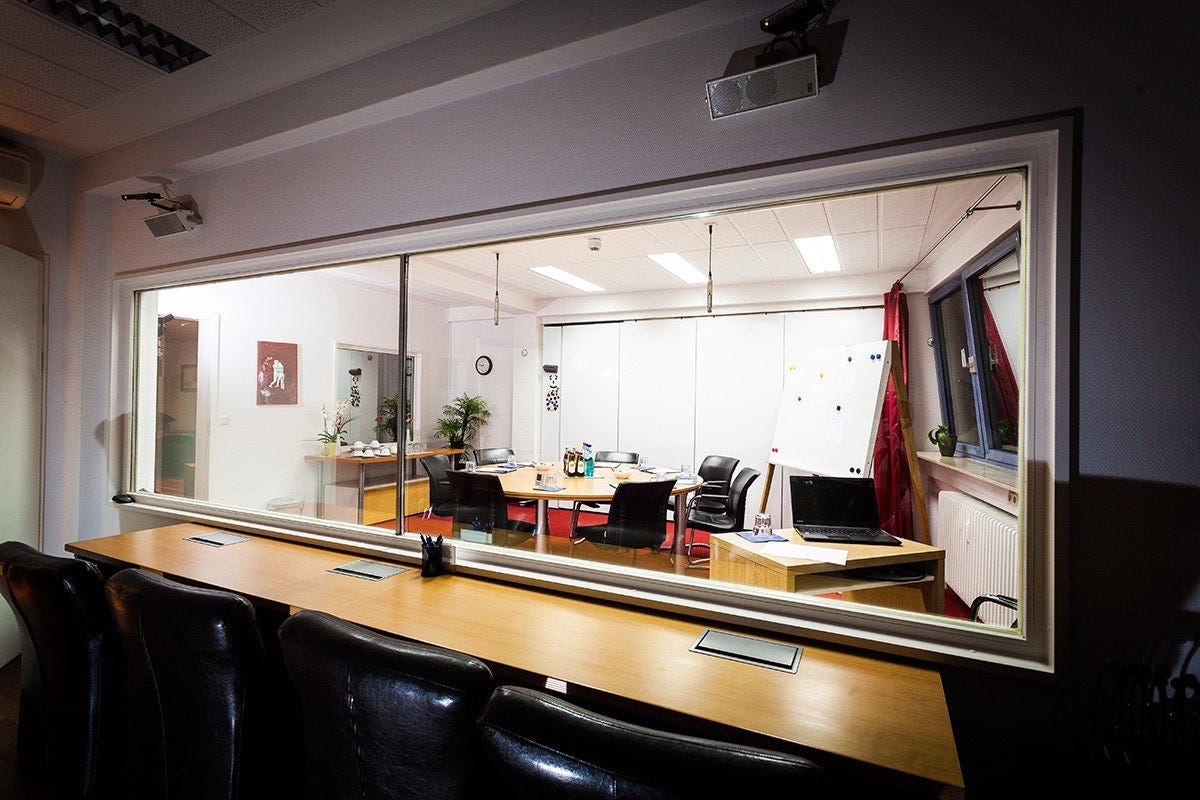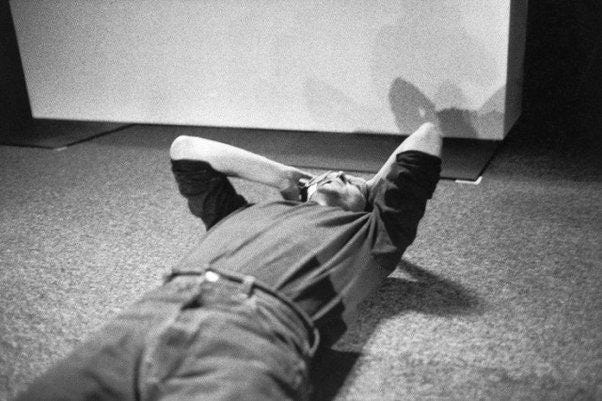Based on my experience as a PM at Microsoft, Meta (formerly Facebook), a startup, and Apple.
With a cup of my favorite black tea (Ceylon loose leaf) in hand, I walked over to the executive conference room where a few Microsoft employees were informally meeting with Qi Lu, who was the president of the company’s Online Services Division at the time. As I entered the room, I suddenly stumbled upon the most important question to ask him:
What is one piece of advice you can give that helped you in your career?
“I always believe that I am like a founder in the company that I am working at. That belief directs my energy and passion towards decisions that are best for the company. Eventually other things will work out.”
—Qi Lu
Qi’s answer taught me two lessons that I’ve applied as a product manager ever since:
Align your purpose and mission with the product, team, and company.
Redefine your role as a product manager and think of yourself as a founder, a partner, a CEO, an inventor — someone who has the power to make a dent on the universe (just like Steve Jobs said).
I’d met Qi on multiple occasions and respected his leadership style: he’s a mission-driven visionary and very humble. As a junior product manager at Yahoo, I was lucky to have shared multiple rounds of kung pao chicken with Qi when our team worked late nights building Yahoo Search Marketing Desktop. My partner-in-crime (the engineering manager) and I used to order food for the team every other week, and sometimes Qi would join us for dinner. It was a great way to get everyone motivated to build and launch a tool in turbulent times.
If you’re considering a career in product management, keep this in mind:
Every day will be different.
What you do every day depends on how you align your talent, purpose, and mission to the role that you define for yourself.
As a PM, there are certain moments in your work that generate an exponentially strong impact — those moments define your product’s trajectory. Below, I’ll share some personal stories that illustrate four critical moments in the daily life of a PM.
Instilling a sense of purpose and mission
Focusing on the problems that are worth solving
Swiftly executing
Measuring what matters
Moment 1: Instilling a sense of purpose and mission
My heart was racing as I was about to present our product vision to our company and (hopefully) convince forty teams to spend their next two years building it. As I was making final edits to my Keynote slides, I took a moment to make sure they addressed the most crucial question of all:
Why are we building this? Why should I care?
As a PM, you’ll want to get ahead of this question and convey your product’s vision in a way that rallies your audience to join your journey. This is a critical moment, whether it happens in a company-wide meeting or a 1:1 with your engineering manager.
Moment 2: Focusing on the problems that are worth solving
I grabbed some snacks and a Coke and rushed into the research conference room. I quickly grabbed a seat in the first row, charged my laptop, and looked through the mirror window, ready to listen and take notes. It was the first time I ran a focus group to help our team identify outcomes or jobs-to-be-done by our customers. This was the start of a two-phase research project across a few markets that included both qualitative and quantitative research.
I figured as long as we were taking the time to do this, we might as well maximize the return on our time spent and focus on the most important problems for our customers. At the end of this research, we created one slide that explained it all. We mapped customer jobs into this framework and doubled down on solving jobs that were important and frequently done, but painful to do.
Moment 3: Swiftly executing
“Progress cannot be generated when we are satisfied with existing situations.”
Taiichi Ohno, the creator of the Kanban system
If Steve Jobs was satisfied with his Motorola phone, he never would have created the iPhone. “Wow…” that’s what I remember saying when I saw the iPhone at the MacWorld 2004 developer conference. I couldn’t believe that you could pinch to zoom in Safari and there was no physical keyboard. This was an act of genius! Clearly Steve Jobs executed well; he must have used a mix of Creative Selection, Kanban, and BRBs (a system Apple uses to burn down tasks).
Execution is all about selecting the right set of things to do and creating a system to get them done. As a PM, you’ll find yourself mixing and matching Kanban, GTD, running or attending stand-ups, and analyzing engineering throughput in Jira.
Moment 4: Measuring what matters
As I was sitting down at my desk, I noticed a book my manager left for me — “must read,” he’d scrawled on a Post-it note. The title was Measure What Matters, and it was written by John Doerr, a legendary venture capitalist who was an early investor in both Amazon and Google. John has been instrumental in bringing Objectives and Key Results (OKRs) to the technology industry, starting with Amazon and Google and moving into startups.
“OKRs are a survival tool … a shared language for execution … neon-lit road signs.”
John Doerr, Measure What Matters
I opened Quip and started to draft our team OKRs for the quarter. OKRs are a great tool to get your team focused on the most important actions they can take to deliver on the goal.
That’s when it hit me: OKRs are the cousin of High Value Actions (HVAs). We created the HVA framework a few years back to identify the most important actions that customers can take to hit a product goal. This tool is critical to driving product growth. One example I always give is at Facebook, the growth team figured out that if a user adds seven friends, then they’re very likely to become a daily active user. HVAs allow growth teams to focus on the most important customer actions that will drive exponential growth.
Moments like these are a great opportunity to learn and apply your learnings to drive positive change. As a product manager, these moments will lay the foundations for your career trajectory. Look for them and pay attention to what they teach you.





